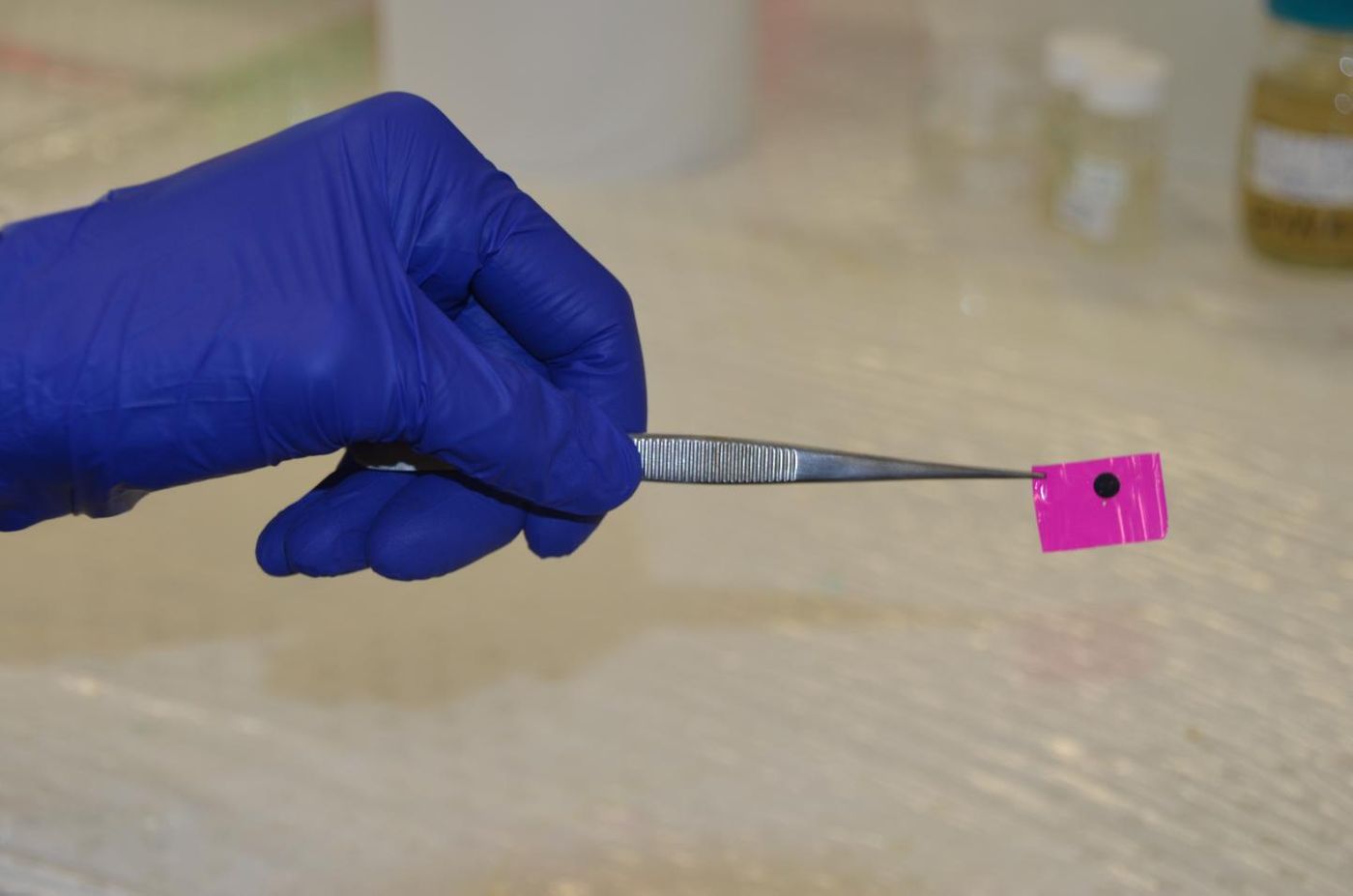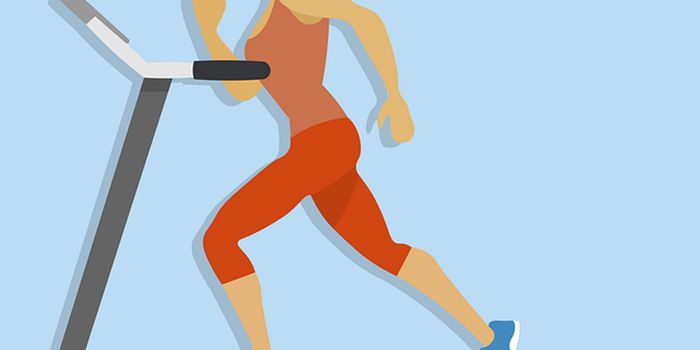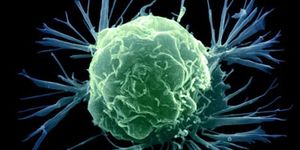A flexible, long-lasting heart patch has been successfully implanted in animal hearts without stitches. The polymer patches is the latest in heart attack recovery research, developed from scientists at the University of New South Wales.
Three components make up the new patch that researchers say can “mend a broken heart.”
- A film of chitosan, a polysaccharide found in crabs shells and used as a food additive
- Polyaniline, a conducting polymer
- Phytic acid, a plant component added to polyaniline to activate its conductive abilities
The polymer patch hits the trifecta: flexibility, durability, and implantable without stitches. The benefits of a stable, sutureless patch are, in Professor Sian Harding’s words, because it “retains conductivity in physiological conditions for more than two weeks,” while normally conducting polymers like polyaniline stop working when surrounded by bodily fluids.
"We envisage heart attack patients eventually having patches attached as a bridge between the healthy and the scar tissue, to help prevent cardiac arrhythmia,” said co-leader of the study, Dr. Damia Mawad.
The surgery required to implant the patch is minimally invasive, inflicting little damage on an already injured heart. Plus, without stitches, the patch is able to move more in sync with the heart’s beating.
"Heart attacks create a scar which slows and disrupts the conduction of electrical impulses across the heart," Harding said, a professor at Imperial's National Heart and Lung Institute. "This leads to potentially fatal disturbances of the heart rhythm. Our electrically conducting polymer patch is designed to address this serious problem."
The patch improves heart attack recovery by restoring the conduction of electrical heart impulses back to a healthy level in damaged heart tissue. In their study, University of New South Wales scientists tested the patch in rats, and it was successful. "The patch can help us better understand how conductive materials interact with heart tissue and influence the electrical conduction in the heart, as well as better understand the physiological changes associated with heart attacks,” said co-leader of the study, professor Molly Stevens.
Their current study is published in
Science Advances.
Source:
University of New South Wales









